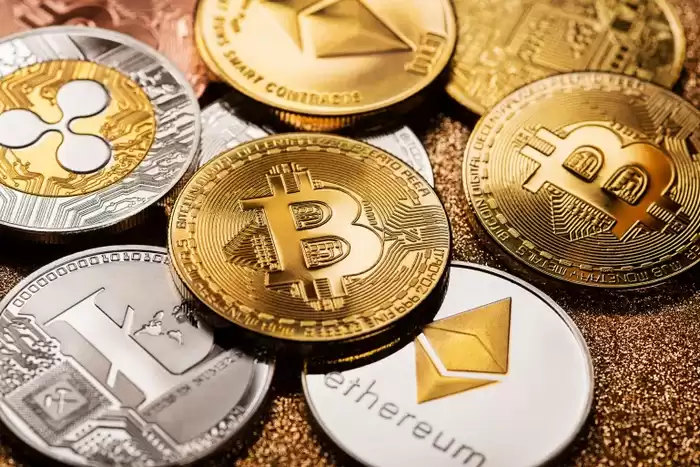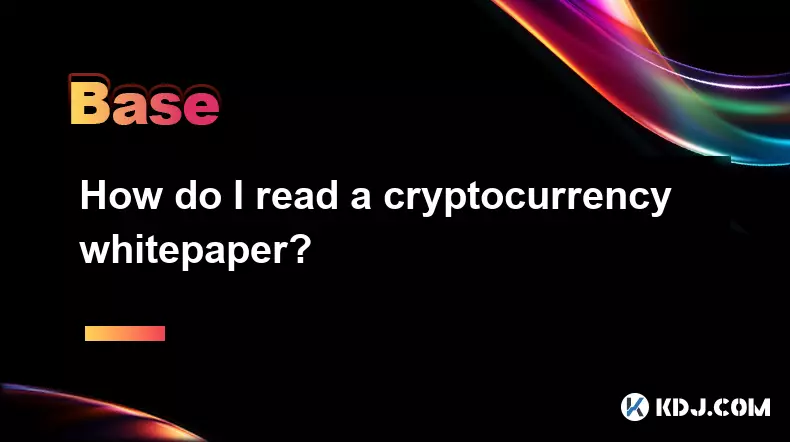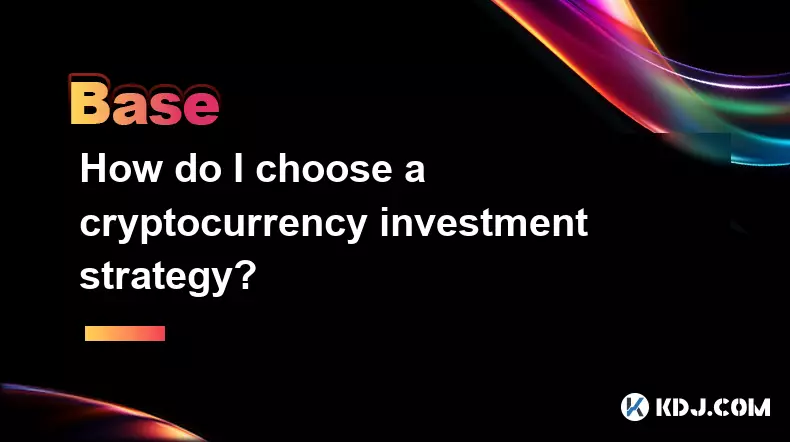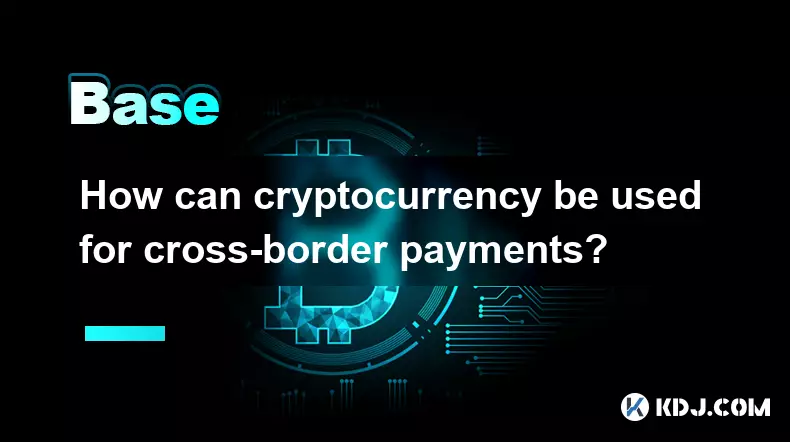-
 bitcoin
bitcoin $112195.049338 USD
2.42% -
 ethereum
ethereum $4124.915858 USD
2.81% -
 tether
tether $1.000570 USD
0.02% -
 xrp
xrp $2.861568 USD
2.25% -
 bnb
bnb $1000.346670 USD
3.04% -
 solana
solana $209.070819 USD
3.38% -
 usd-coin
usd-coin $0.999870 USD
0.02% -
 dogecoin
dogecoin $0.235379 USD
2.65% -
 tron
tron $0.335681 USD
-0.20% -
 cardano
cardano $0.803501 USD
3.38% -
 hyperliquid
hyperliquid $47.120881 USD
3.56% -
 chainlink
chainlink $21.501300 USD
3.44% -
 ethena-usde
ethena-usde $1.000571 USD
0.02% -
 avalanche
avalanche $29.793378 USD
3.62% -
 stellar
stellar $0.366964 USD
2.42%
What Is An Annualized Rate of Return?
The annualized rate of return (ARR) calculates the average yearly return of an investment over a specific period, enabling comparisons across investments and projections of future growth rates.
Oct 16, 2024 at 03:13 pm

- Definition:
An annualized rate of return (ARR) is a measurement used to calculate the average return of an investment or portfolio over a specific period of time, particularly when the investment duration is less than a year. It is often used to compare returns from different investments and to project future growth rates.
- Calculation:
To calculate the ARR, multiply the return by the number of times the return would have occurred in a year. Common periods used are monthly, quarterly, and semi-annually. For example, if an investment yields a 5% monthly return, its ARR would be calculated as 5% x 12 (number of months in a year) = 60%.
- Assumptions:
ARR assumes that the returns are reinvested at the same rate for the entire year, which is not always the case in practice. It also assumes a constant growth rate, which may not be realistic over long holding periods.
- Applications:
ARR is commonly used in the following applications:
Comparing performance of different investments
Forecasting growth rates of stock or mutual fund investments
Estimating potential earnings from bonds or annuities
- Limitations:
ARR has some limitations that should be considered:
It does not reflect the variability of returns over time.
It does not account for inflation or reinvestment risk.
It is only an approximate measure of future returns.
- Example:
Suppose you invest $10,000 in a mutual fund that earns a 4% quarterly return. The ARR for this investment would be:
ARR = 4% x 4 (number of quarters in a year) = 16%
Disclaimer:info@kdj.com
The information provided is not trading advice. kdj.com does not assume any responsibility for any investments made based on the information provided in this article. Cryptocurrencies are highly volatile and it is highly recommended that you invest with caution after thorough research!
If you believe that the content used on this website infringes your copyright, please contact us immediately (info@kdj.com) and we will delete it promptly.
- PM Modi, RSS Centenary, and a Postage Stamp: A Curious Intersection
- 2025-09-29 18:45:12
- Ethereum ETF, Bitcoin ETF, and Investor Nerves: A New York Minute on Crypto
- 2025-09-29 18:25:14
- Ripple, Ondo Finance, and Tokenized Treasuries: A New Era for Institutional DeFi
- 2025-09-29 19:05:13
- Navigating the Crypto Seas: Federal Reserve, Bitcoin, and Interest Rate Tides
- 2025-09-29 18:25:14
- RSS Centenary: A Commemorative Coin and a Century of Impact
- 2025-09-29 18:45:12
- DNSBTC: Your Daily Dose of Crypto Profits Through Cloud Mining
- 2025-09-29 19:25:12
Related knowledge

What are some common methods of cryptocurrency market manipulation?
Sep 27,2025 at 02:55am
Wash Trading and Its Impact on Market Perception1. Wash trading involves an individual or entity simultaneously buying and selling the same cryptocurr...

How do I read a cryptocurrency whitepaper?
Sep 27,2025 at 05:54am
Understanding the Structure of a Cryptocurrency Whitepaper1. Begin by identifying the executive summary, which outlines the project’s core vision and ...

Can I recover lost cryptocurrency?
Sep 25,2025 at 08:18am
Understanding the Nature of Cryptocurrency Loss1. Cryptocurrency operates on decentralized networks, meaning there is no central authority to reverse ...

How do I choose a cryptocurrency investment strategy?
Sep 27,2025 at 03:55pm
Understanding Risk Tolerance in Crypto Investing1. Assessing personal risk tolerance is a foundational step when entering the cryptocurrency market. V...

How can I earn passive income from cryptocurrency?
Sep 23,2025 at 10:18am
Staking Cryptocurrencies for Regular Returns1. Many blockchain networks operate on a proof-of-stake (PoS) consensus mechanism, allowing users to earn ...

How can cryptocurrency be used for cross-border payments?
Sep 28,2025 at 01:36am
Efficiency in International Transactions1. Cryptocurrency enables near-instant settlement across borders without relying on traditional banking interm...

What are some common methods of cryptocurrency market manipulation?
Sep 27,2025 at 02:55am
Wash Trading and Its Impact on Market Perception1. Wash trading involves an individual or entity simultaneously buying and selling the same cryptocurr...

How do I read a cryptocurrency whitepaper?
Sep 27,2025 at 05:54am
Understanding the Structure of a Cryptocurrency Whitepaper1. Begin by identifying the executive summary, which outlines the project’s core vision and ...

Can I recover lost cryptocurrency?
Sep 25,2025 at 08:18am
Understanding the Nature of Cryptocurrency Loss1. Cryptocurrency operates on decentralized networks, meaning there is no central authority to reverse ...

How do I choose a cryptocurrency investment strategy?
Sep 27,2025 at 03:55pm
Understanding Risk Tolerance in Crypto Investing1. Assessing personal risk tolerance is a foundational step when entering the cryptocurrency market. V...

How can I earn passive income from cryptocurrency?
Sep 23,2025 at 10:18am
Staking Cryptocurrencies for Regular Returns1. Many blockchain networks operate on a proof-of-stake (PoS) consensus mechanism, allowing users to earn ...

How can cryptocurrency be used for cross-border payments?
Sep 28,2025 at 01:36am
Efficiency in International Transactions1. Cryptocurrency enables near-instant settlement across borders without relying on traditional banking interm...
See all articles










































































